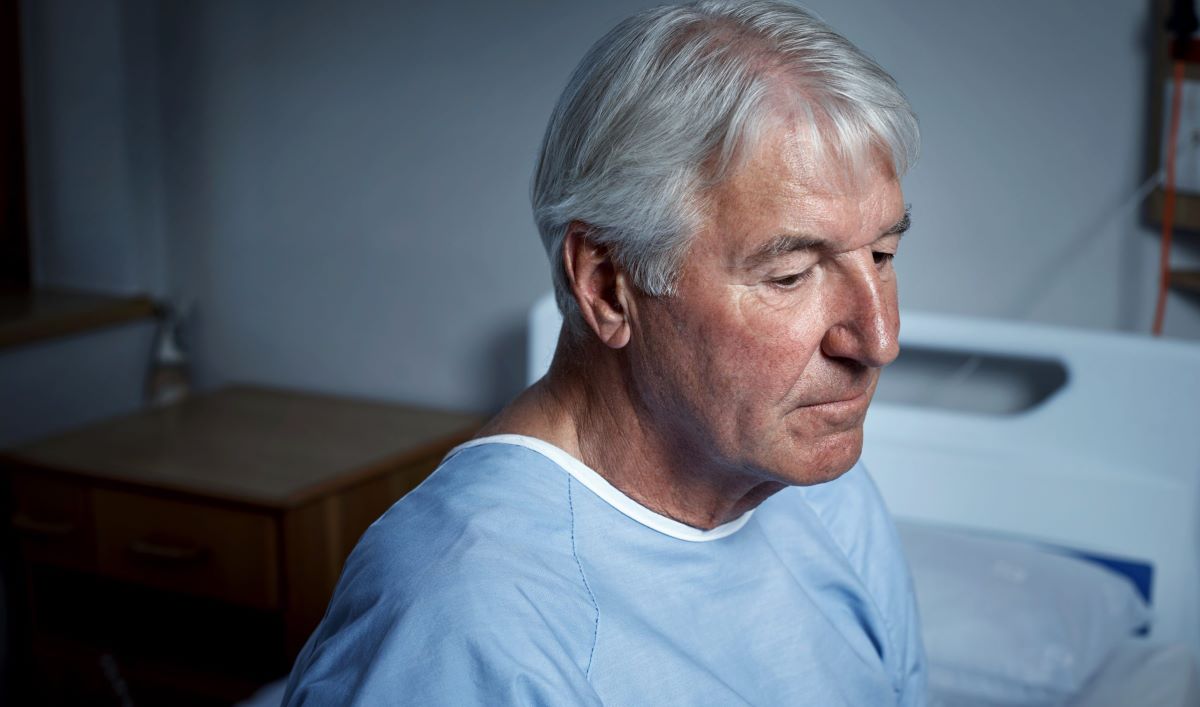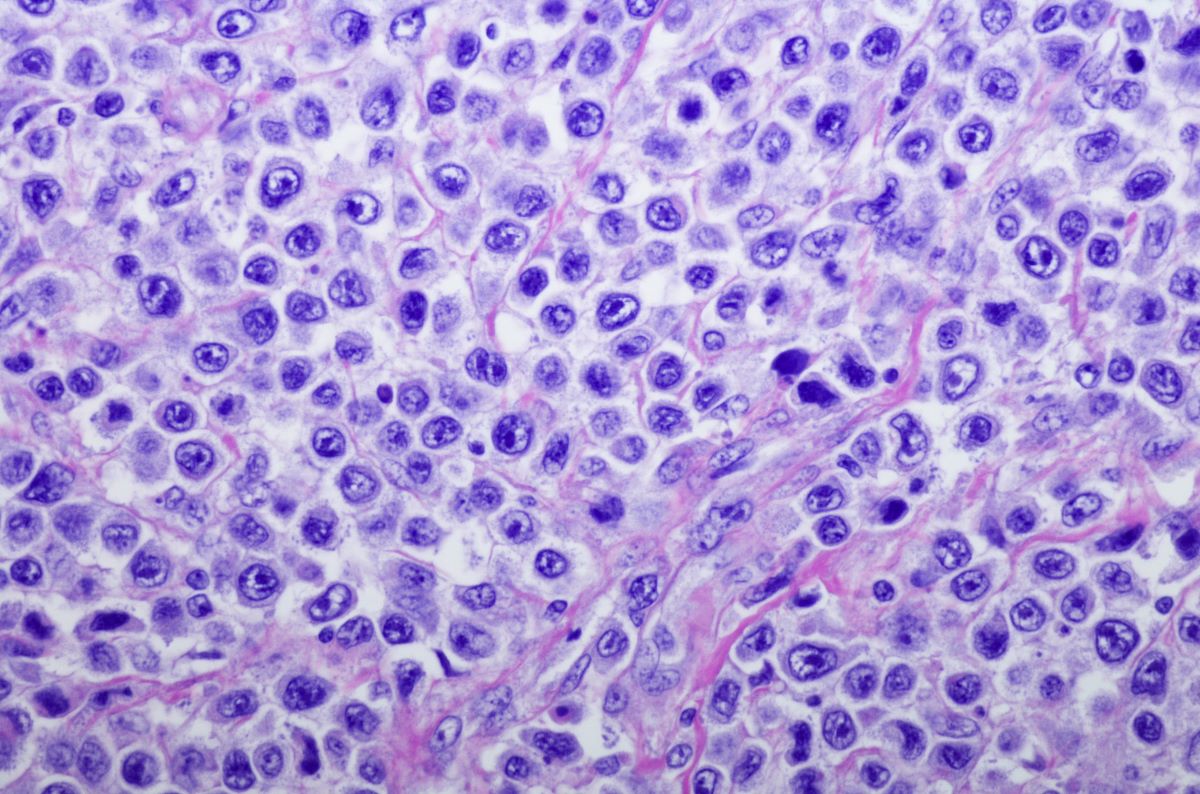
A new survey shows that older adults with aggressive non-Hodgkin lymphoma tend to overestimate their chance for a cure, highlighting a need for better patient education. Results were presented at the 65th ASH Annual Meeting and Exposition by Netana Markovitz, MD, of Beth Israel Deaconess Medical Center in Boston, and colleagues.
For the study, researchers surveyed 92 adults older than 65 years who were newly diagnosed with diffuse large B-cell lymphoma (DLBCL) or DLBCL/high-grade BCL with MYC and BCL2 rearrangements (double-hit lymphoma) and were undergoing combination chemotherapy treatment at two tertiary care hospitals. Participants were asked to fill out a Prognosis and Treatment Perception Questionnaire when starting combination chemoimmunotherapy.
The median age of participants was 74 years, 63% were male, and 53% were assessed as frail. About half of respondents had an age-adjusted International Prognostic Index (aaIPI) of 2 (low-intermediate risk) or 3 (high-intermediate risk), and 32.6% had two other comorbidities in addition to lymphoma. Yet most respondents believed that their chance for a cure with treatment was better than 75% (see TABLE), which the research team described as “overly optimistic” based on aaIPI and overall health. The average cure rate was actually less than 60%.
| TABLE. Survey Shows Older Lymphoma Patients’ High Hopes for Cure | |
| Chance for cure | Percentage of study respondents |
| >90% chance | 37.5% |
| 75%-90% chance | 37.5% |
| 50%-74% chance | 20.5% |
| 25%-49% | 3.4% |
| 20%-24% | 1.1% |
Most of the patients surveyed thought they were undergoing treatment to cure disease. Although treatment can be curative, toxicities can affect quality of life. The survey results suggest that if given the option, many (40.9%) would choose a less intensive treatment plan to be spared pain and discomfort even though that could also mean a shorter lifespan, the researchers reported.
Reference
Markovitz N, Odejide OO, El-Jawahri A, et al. Prognostic understanding in newly diagnosed older adults with diffuse large B cell lymphoma (DLBCL) or DLBCL/high grade B-cell lymphoma with MYC and BCL2 rearrangements. Abstract #2409. Presented at the 65th ASH Annual Meeting and Exposition; December 9-12; San Diego, California.






 © 2025 Mashup Media, LLC, a Formedics Property. All Rights Reserved.
© 2025 Mashup Media, LLC, a Formedics Property. All Rights Reserved.